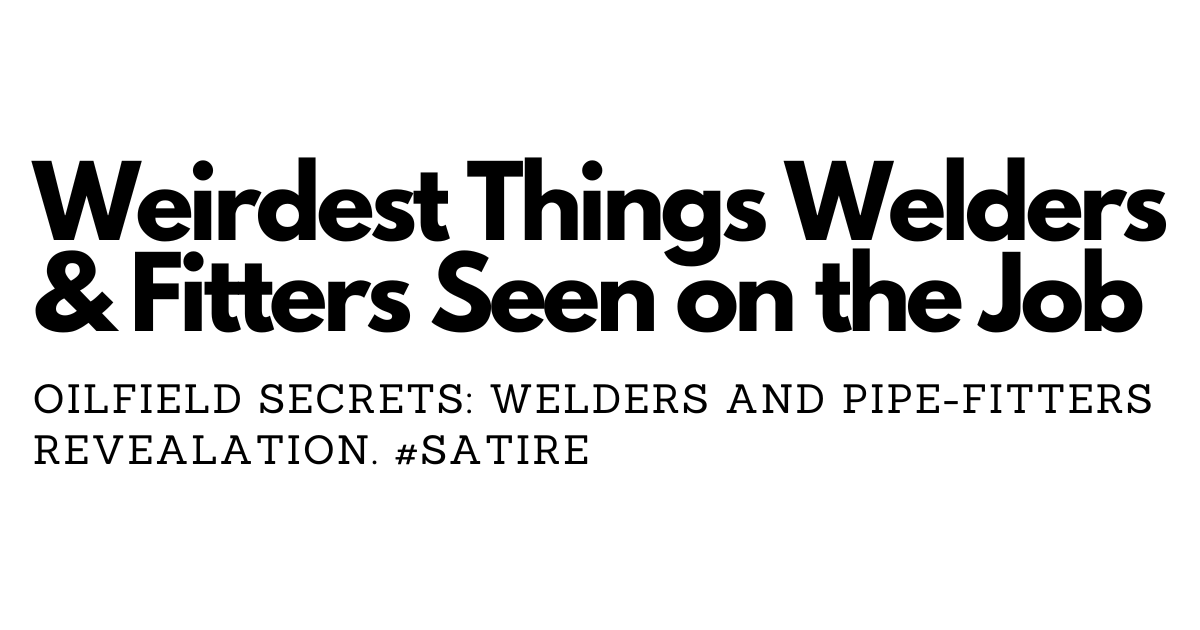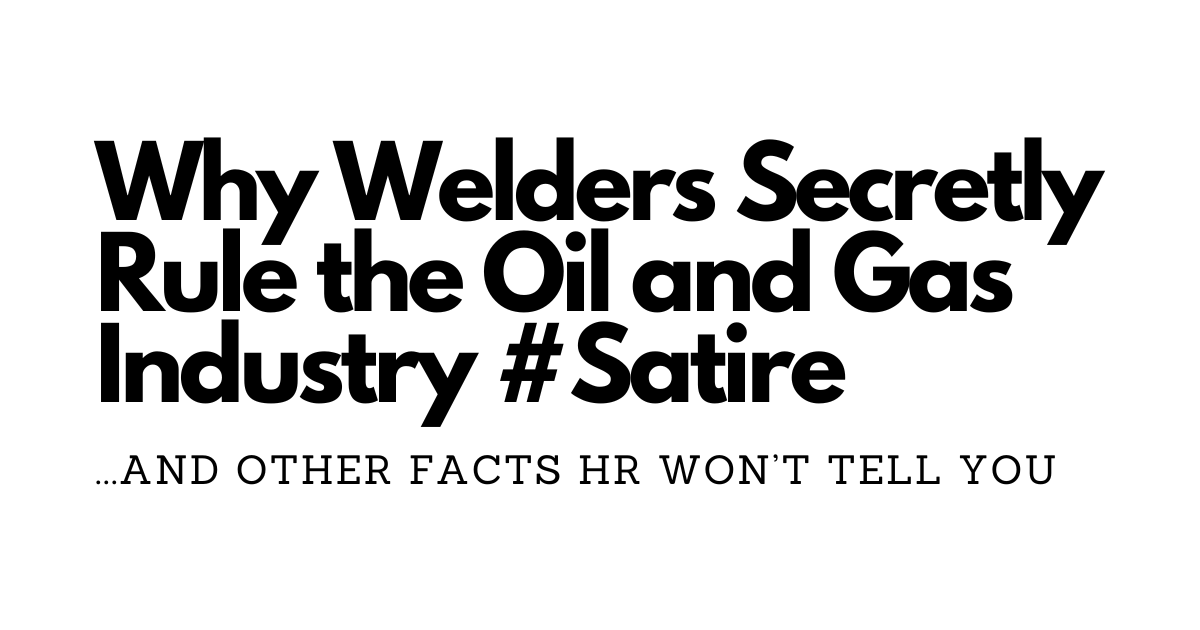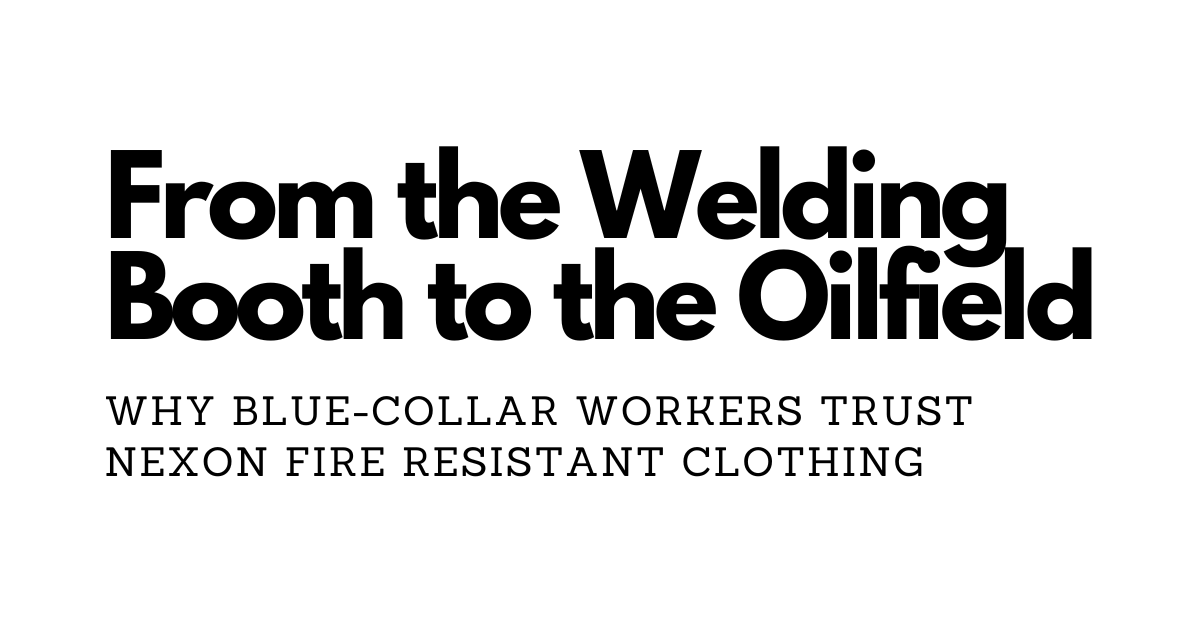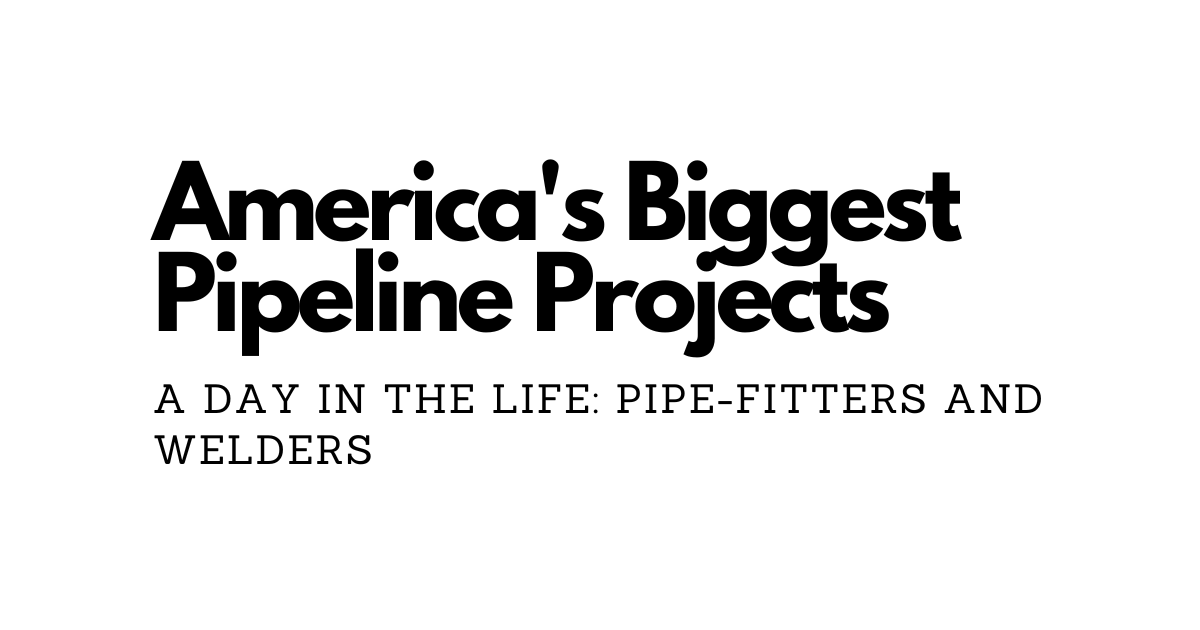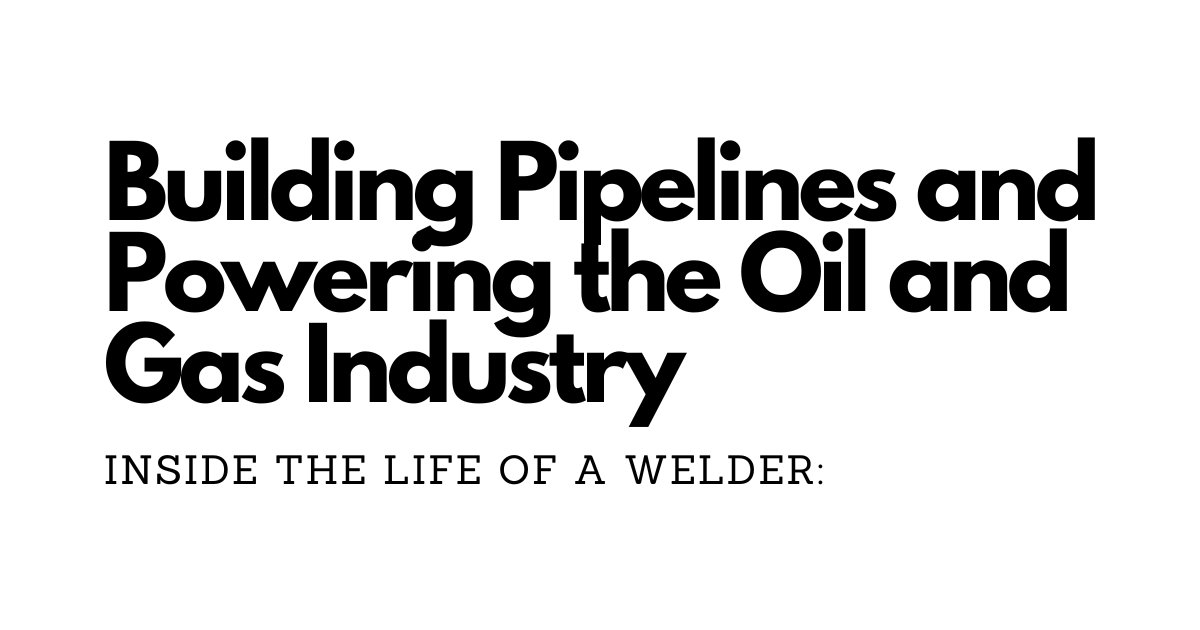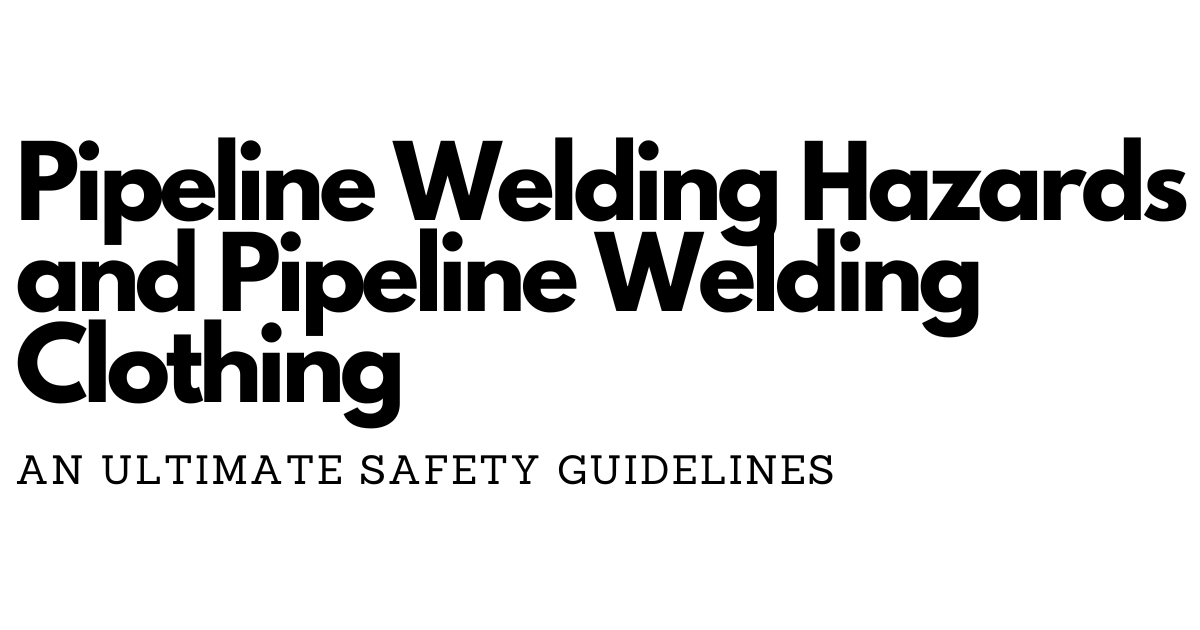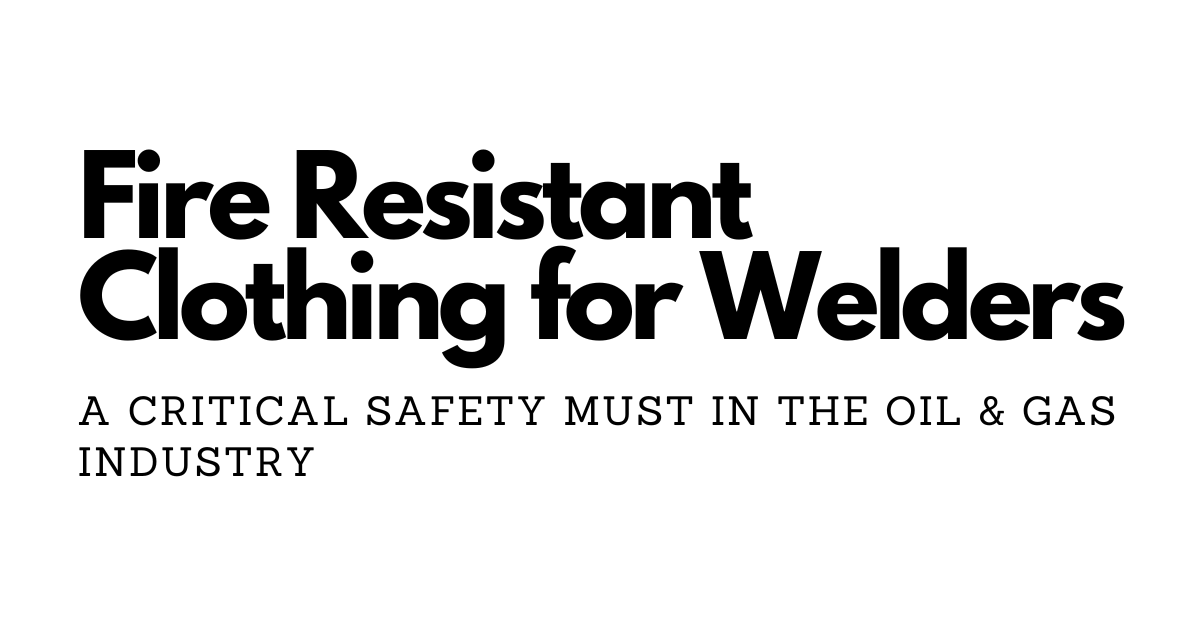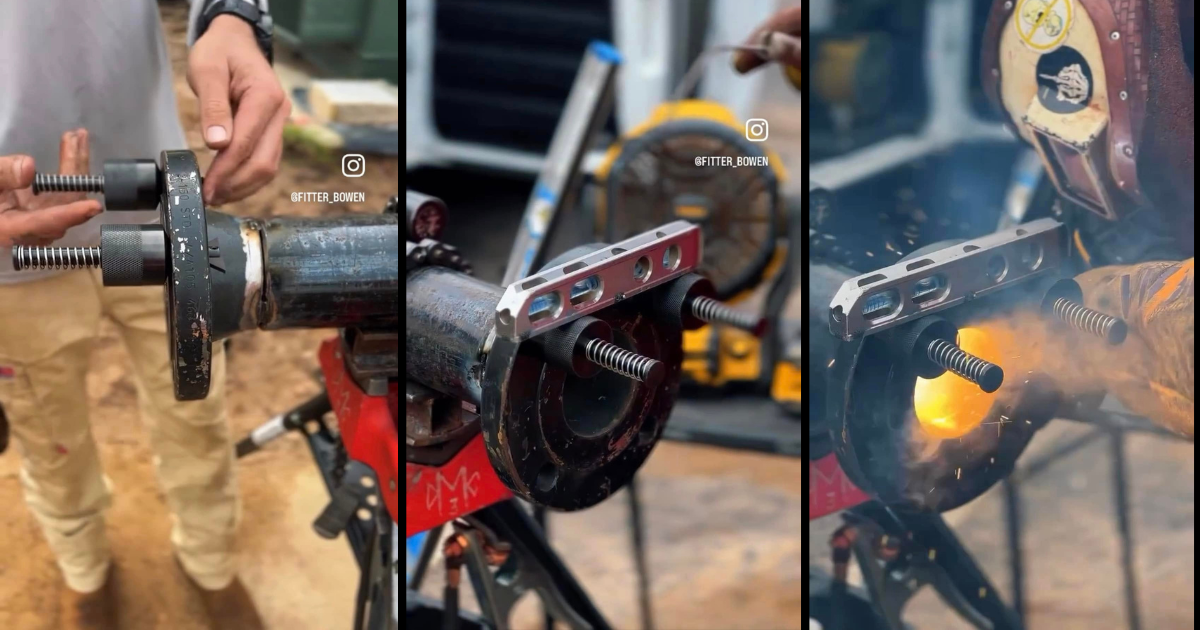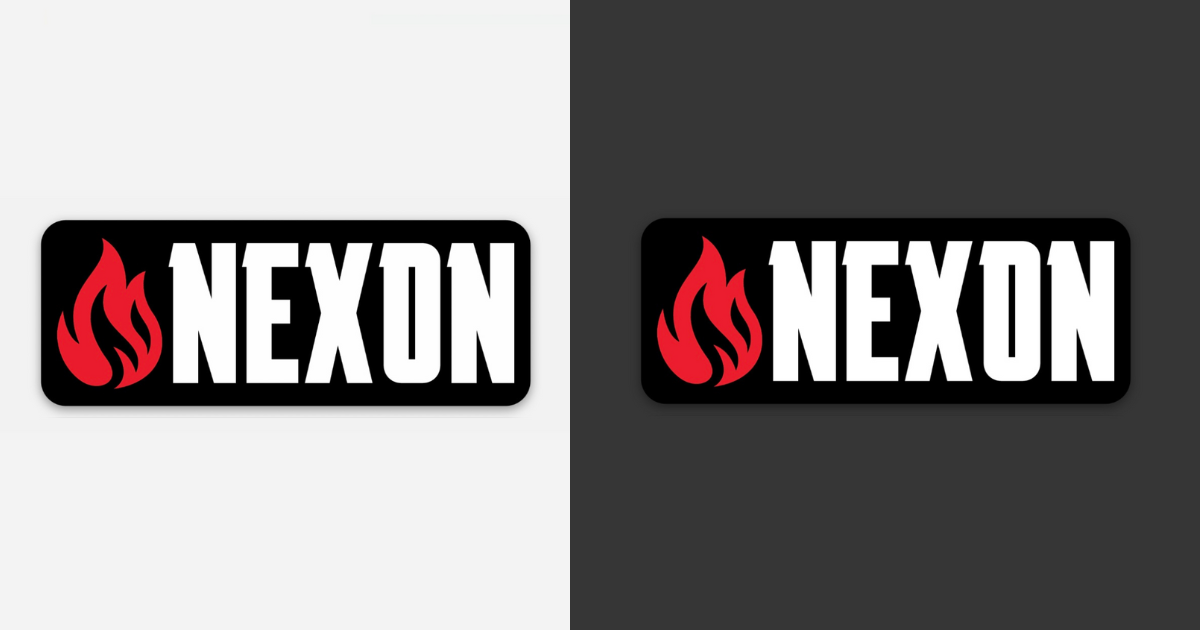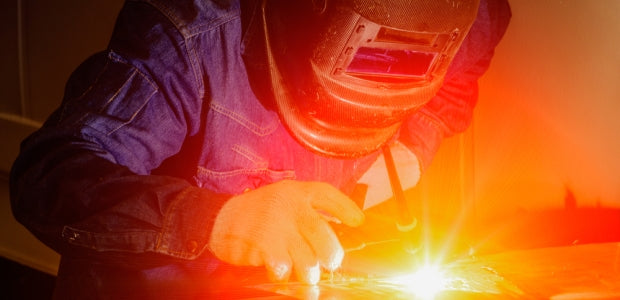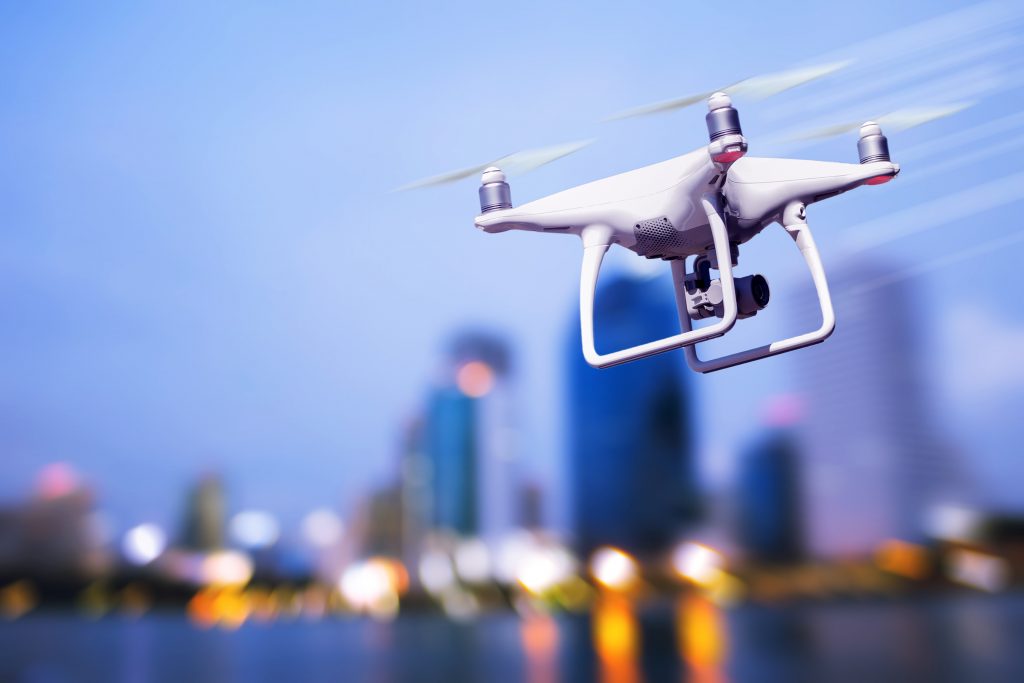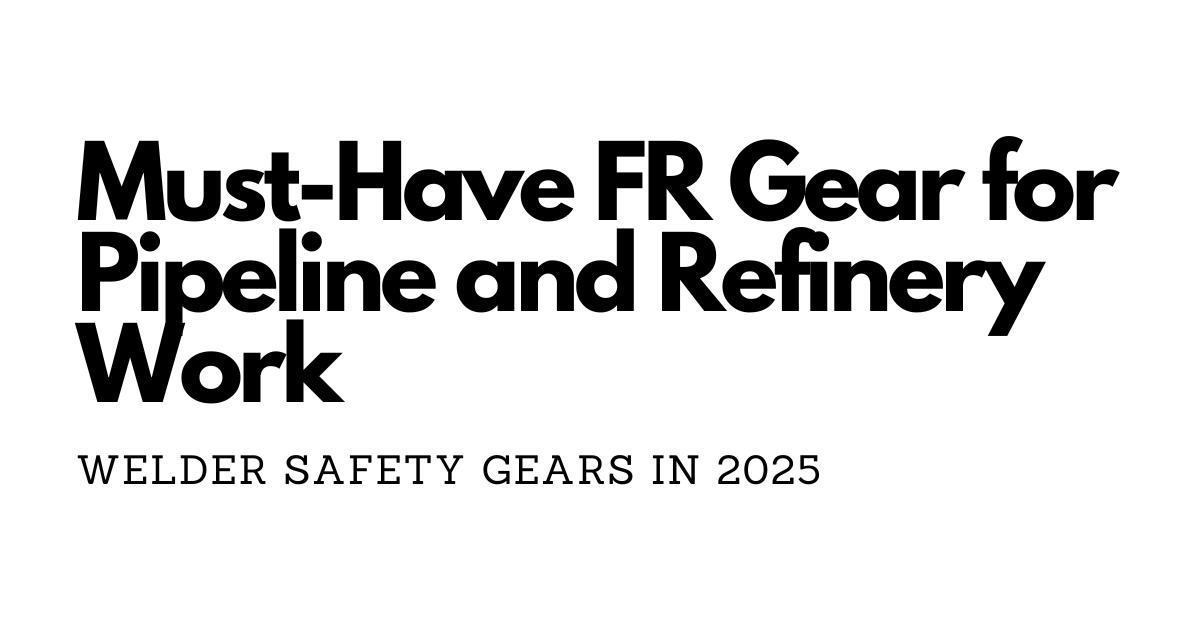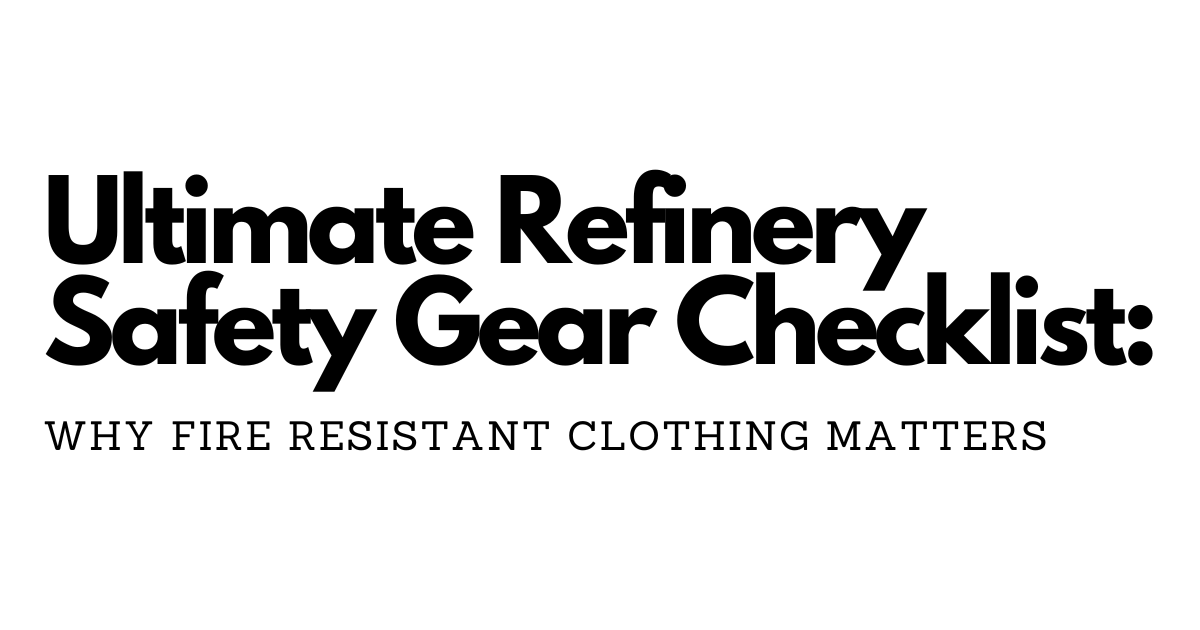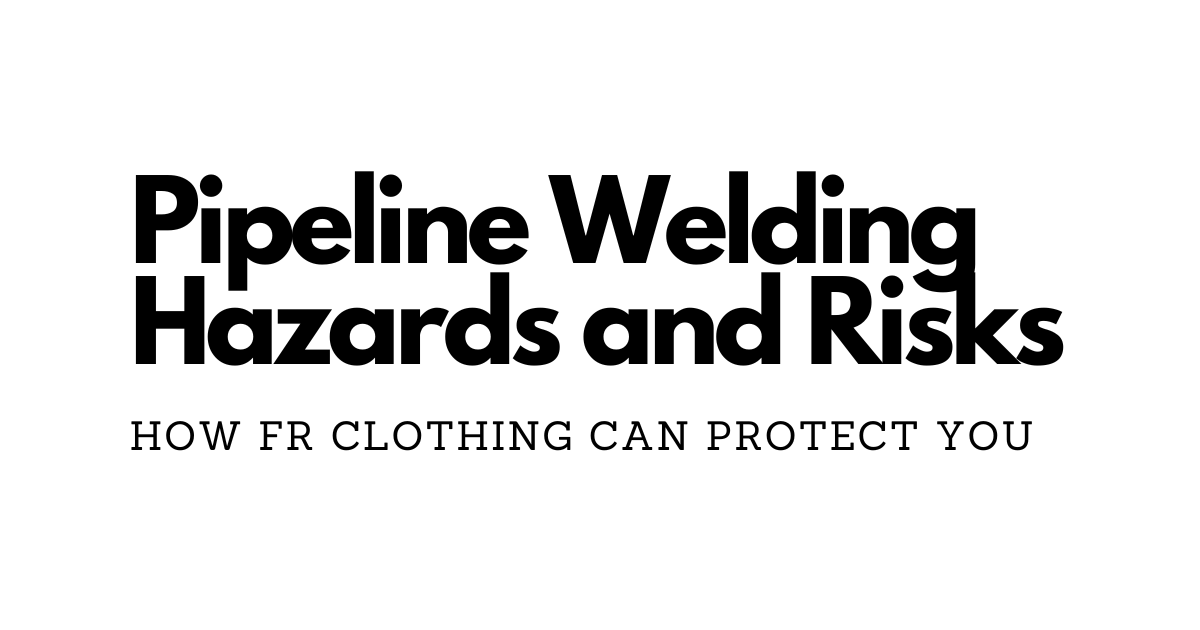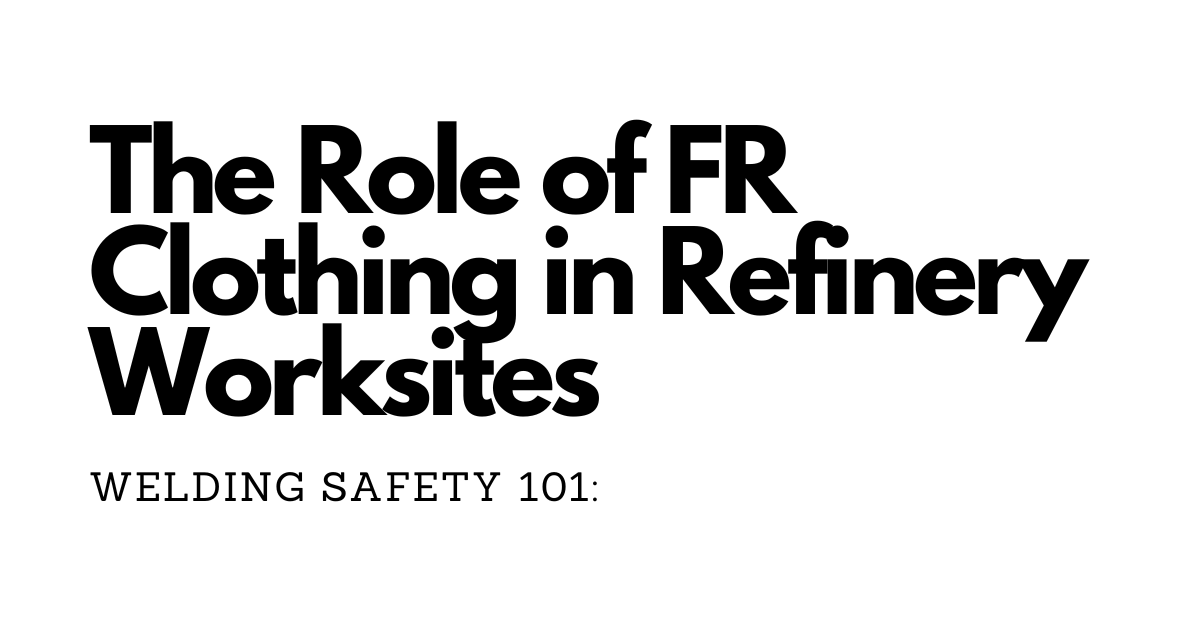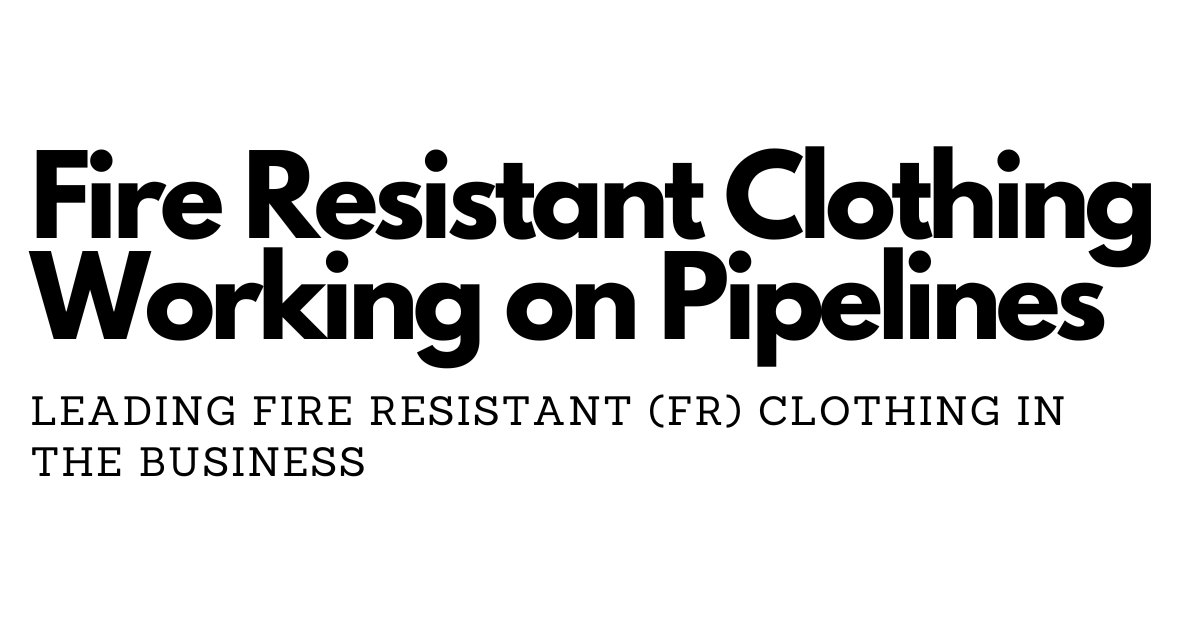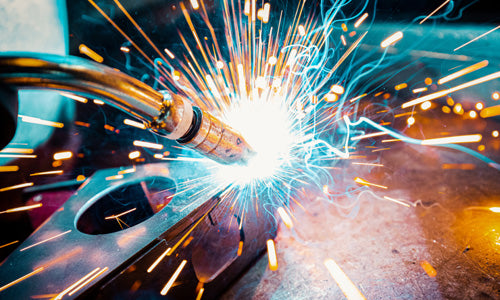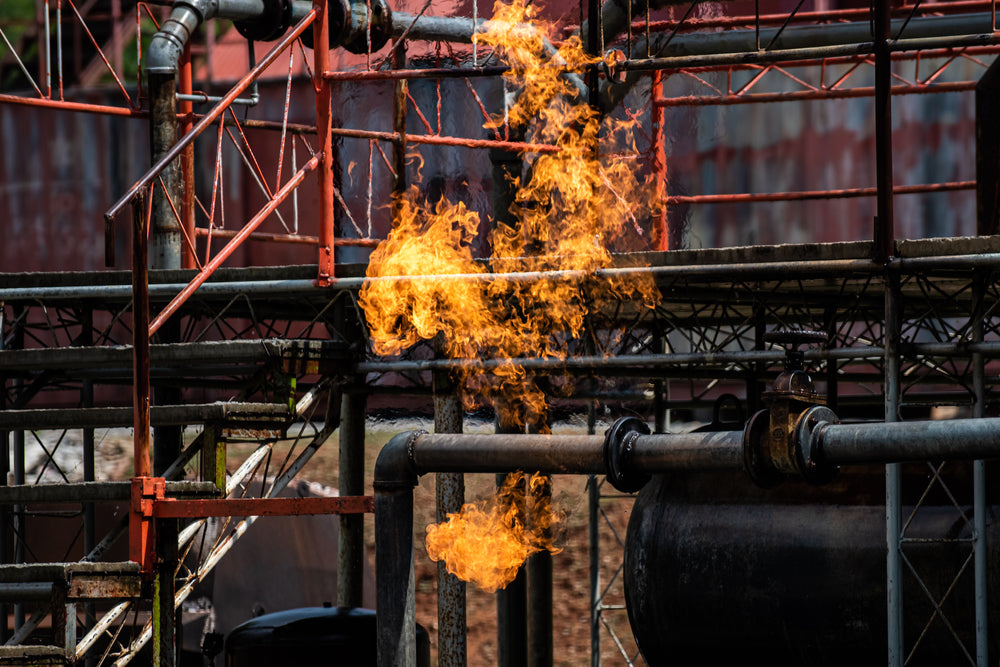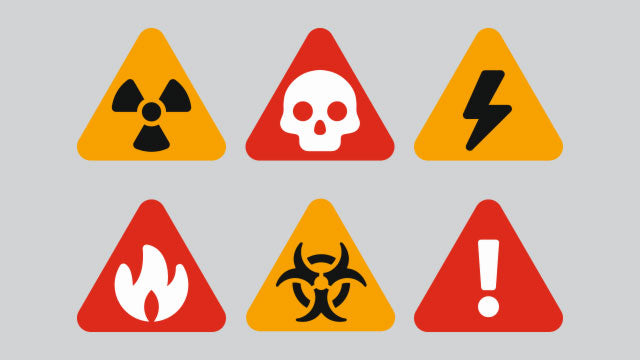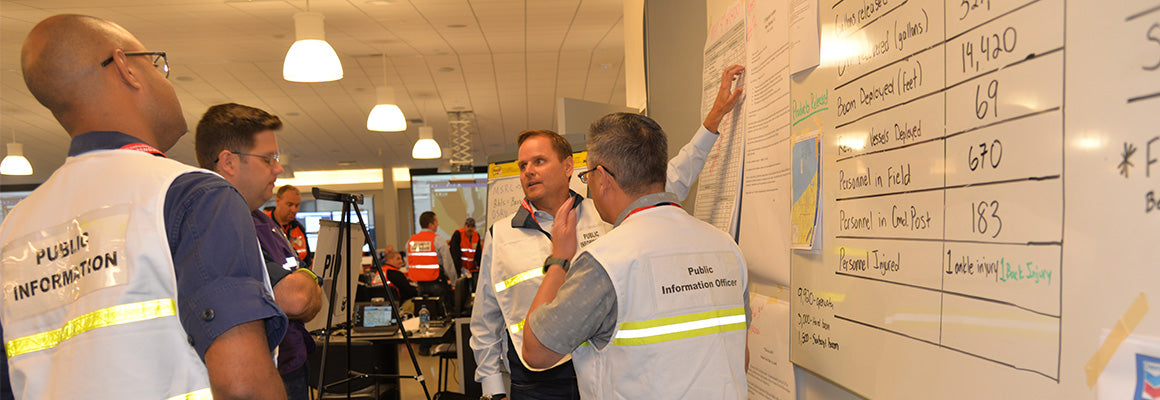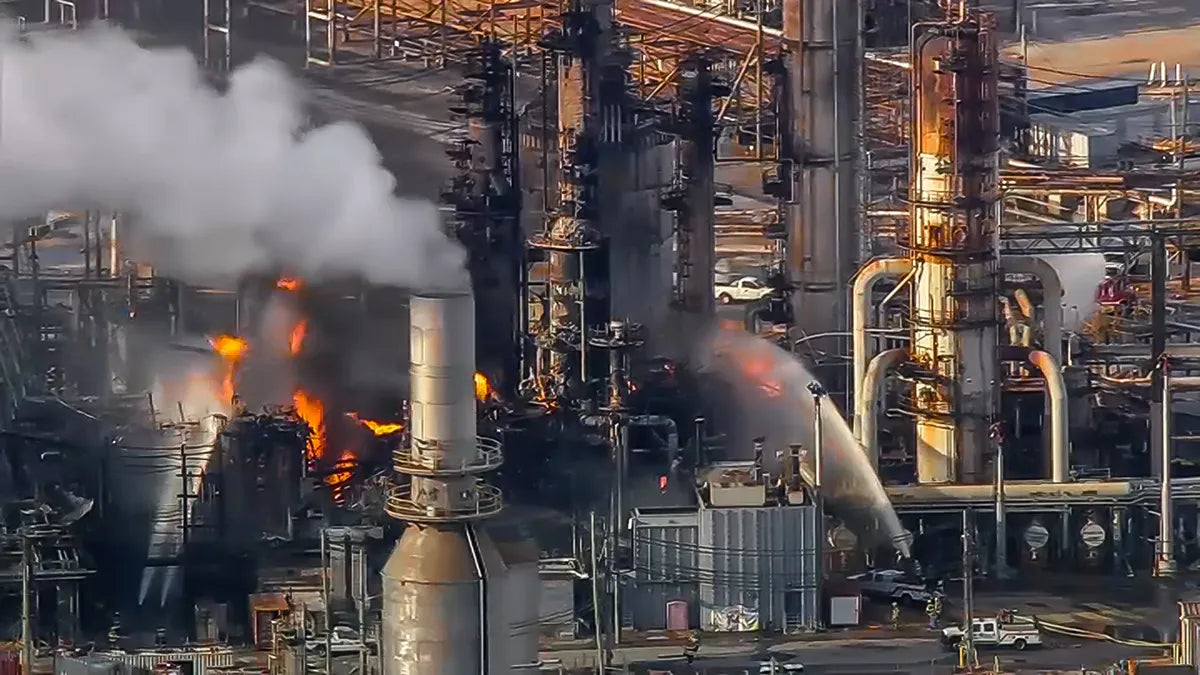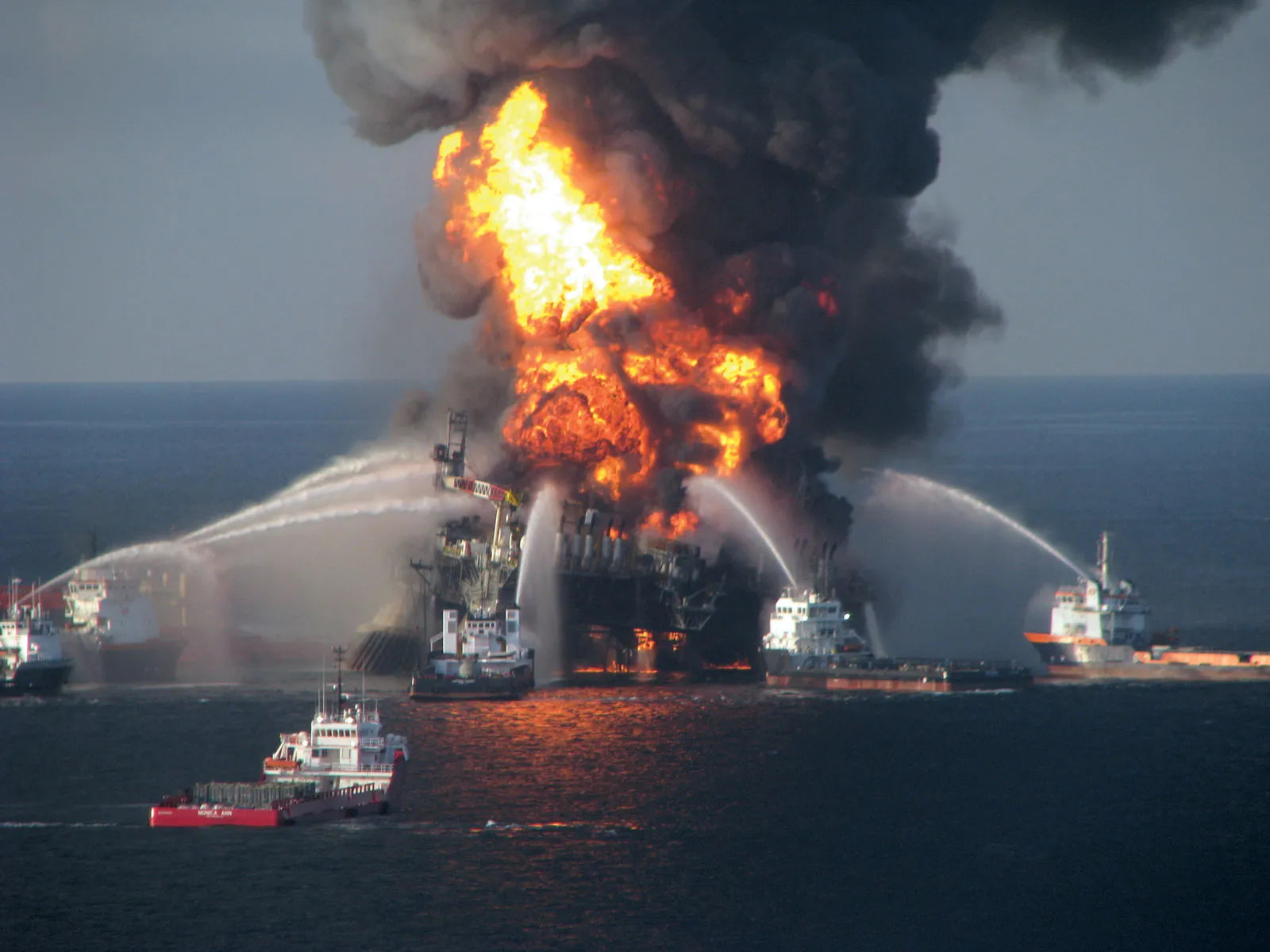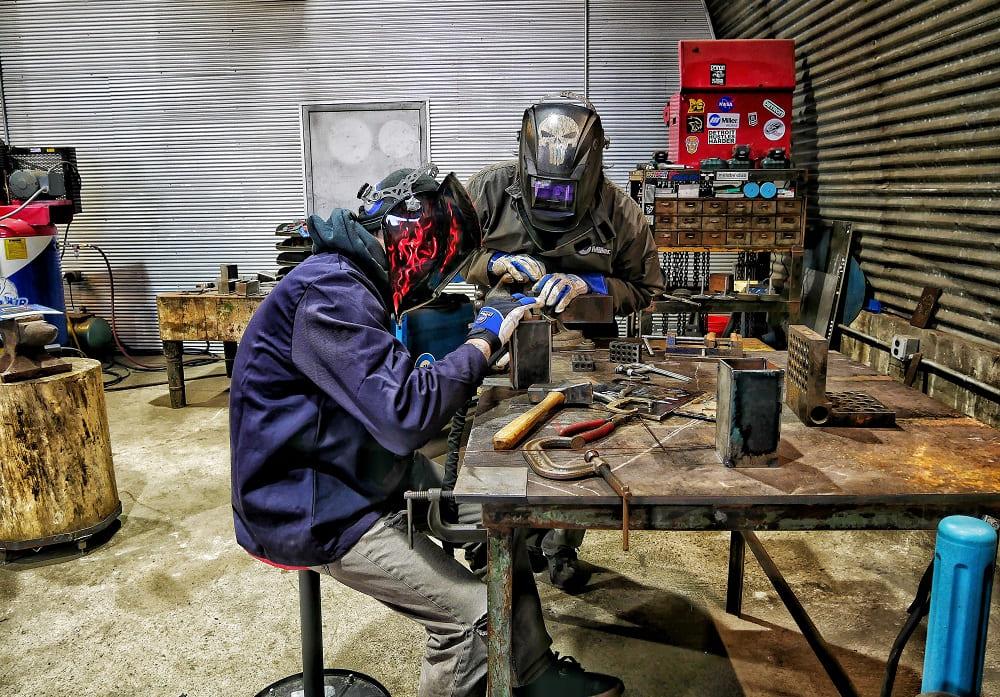

In the realm of industrial safety, arc flash burns represent a significant and potentially life-threatening hazard. This phenomenon occurs during electrical work, particularly in environments where high-voltage equipment is present, such as in the electrical, construction, and manufacturing industries. Understanding what arc flash burns are, their causes, symptoms, and appropriate treatment is crucial for both workers and employers to mitigate risks and ensure workplace safety.
What is Arc Flash? Arc flash is a sudden and intense release of energy caused by an electrical fault or short circuit. This release produces an arc blast and an arc flash, which are characterized by:
Causes of Arc Flash Burns: Arc flash incidents typically occur due to:
Equipment Failure: Malfunctioning or improperly maintained electrical equipment can lead to short circuits or electrical faults.Human Error: Improper work procedures, such as incorrect use of tools, inadequate personal protective equipment (PPE), or working on energized equipment without appropriate precautions.
Environmental Factors: Dust, debris, or conductive material in the vicinity of electrical equipment can initiate an arc flash.
Symptoms of Arc Flash Burns: Arc flash burns can cause immediate and severe injuries, including:
Treatment of Arc Flash Burns: Immediate and appropriate treatment of arc flash burns is critical to minimize damage and promote healing. Here are the steps typically recommended:
- Safety First: Ensure the area is safe before providing aid. Remove the individual from further exposure to electrical hazards.
- Assess the Burn: Determine the severity of the burn. For minor burns (first-degree), immediate first aid may suffice. For more severe burns (second-degree or higher), seek medical attention immediately.
- Cool the Burn: If safe to do so, cool the burn with cool (not cold) running water for at least 10-20 minutes. This helps reduce pain and limit tissue damage. Do not use ice or very cold water, as it can further damage the skin.
- Protect the Burn: Cover the burn loosely with a clean, dry, non-stick dressing or sterile cloth. Avoid using adhesive dressings, which can stick to the burn and cause more damage when removed.
- Pain Management: Over-the-counter pain relievers such as ibuprofen or acetaminophen can help manage pain and reduce inflammation. Follow package instructions.
- Seek Medical Attention: Even if the burn seems minor, it is essential to seek medical evaluation, especially for second-degree burns or higher, burns to the face, hands, feet, or genitals, or burns covering a large area of the body.
- Follow-up Care: Follow any instructions given by healthcare providers for wound care, medication, and monitoring for signs of infection.
Prevention Measures: Preventing arc flash incidents is paramount and includes:
- Proper Training: Ensure workers are trained in electrical safety procedures and the use of appropriate PPE.
- Risk Assessment: Conduct thorough hazard assessments and implement engineering controls to minimize the risk of arc flash.
- Use of PPE: Ensure all workers wear arc-rated clothing, face shields, gloves, and other necessary PPE when working near energized equipment.
- Safe Work Practices: Implement lockout/tagout procedures, work on de-energized equipment whenever possible, and adhere to established safety protocols.
By understanding the causes, symptoms, and proper treatment of arc flash burns, employers and workers can take proactive steps to prevent incidents, promote safety in the workplace, and ensure swift and effective response in case of emergencies. Prioritizing electrical safety not only protects individuals but also enhances overall workplace productivity and morale.
